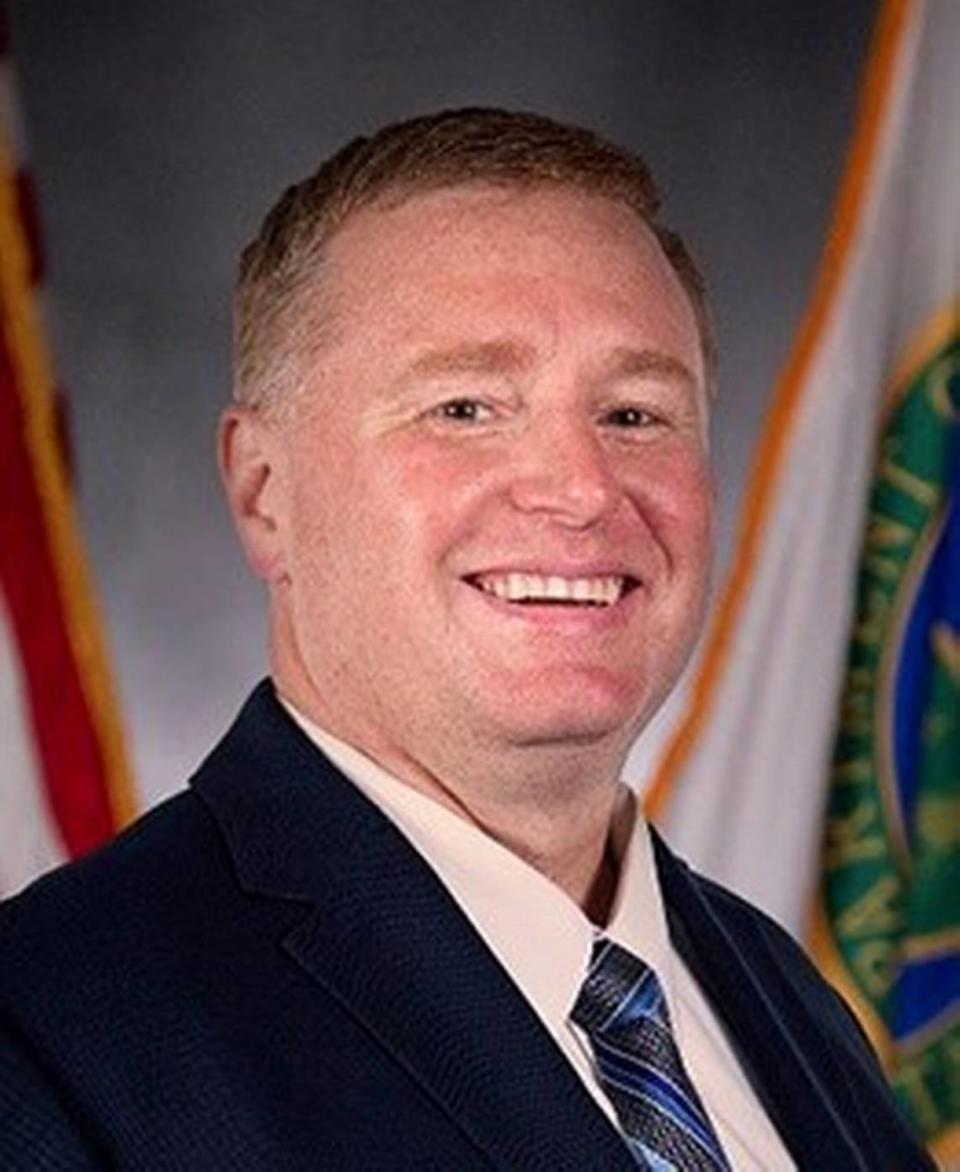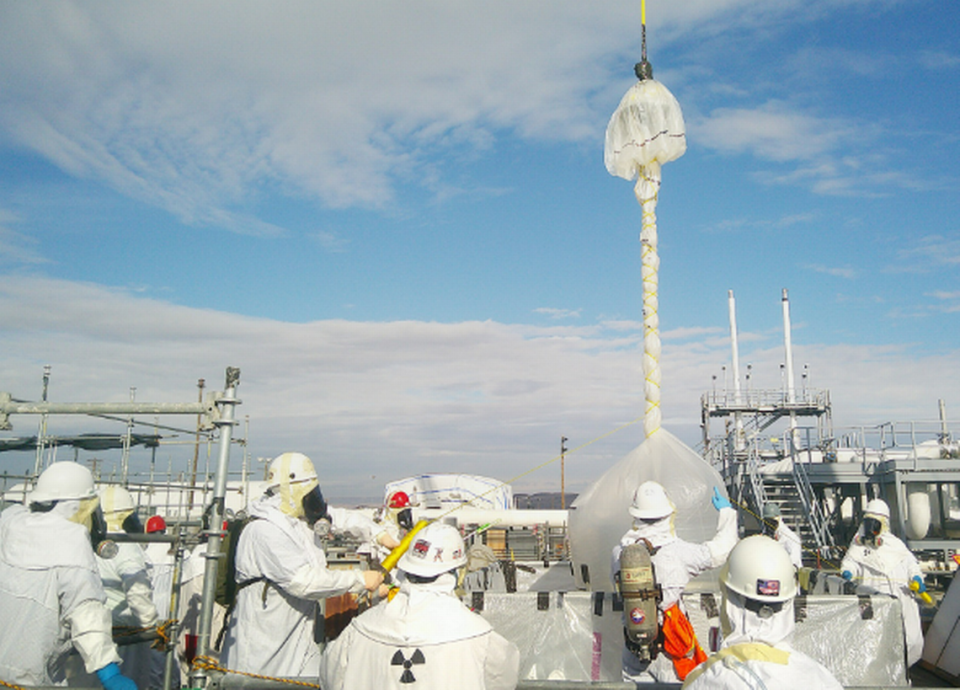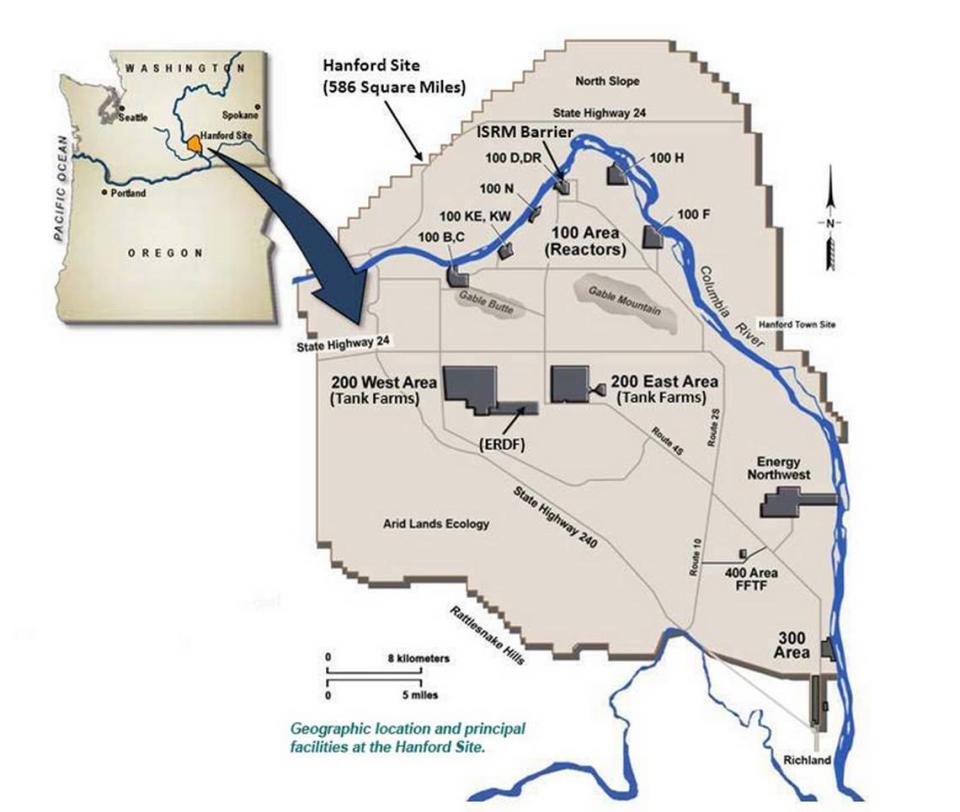‘One Hanford.’ Feds double down on consolidated leadership of nuclear waste cleanup
The Department of Energy has named Brian Stickney to serve as deputy manager of both its Hanford nuclear reservation offices, further integrating work and leadership of the two offices.
It is the number two position at the site, overseeing environmental cleanup at the Hanford site done by about 11,000 workers.
Stickney was selected as the deputy manager and chief operating officer for the DOE Richland Operations Office about two years ago.
For the past 17 months he also has been acting deputy manager for the DOE Office of River Protection as Ben Harp took on other work for DOE and then retired.

Stickney’s increased job responsibilities, announced Monday, follow a decision in early 2019 to name one DOE manager for the Hanford site rather than separate managers for the Office of River Protection and the Richland Operations Office.
Brian Vance has served in that role since then.
Congress has ordered the two offices to remain separate through at least 2024, after former Rep. Doc Hastings, R-Wash., separated Hanford cleanup responsibilities between the two offices in 1998 to allow more focus on the issue of radioactive waste stored in underground tanks prone to leaking for decades.
The two offices have separate budgets, helping to justify the combined funding for Hanford that could top $3 billion next year, more than any other DOE defense environmental cleanup site.
But DOE officials say a greater degree of coordination is needed between the two DOE Hanford offices and their six contractors as they get ready to start treating some of the least radioactive of the 56 million gallons of waste stored in underground tanks by late 2024 or 2025.
The waste is left from the past production of about two-thirds of the plutonium for the nation’s nuclear weapons program from World War II through the Cold War.
The Office of River Protection is responsible for the tank waste storage and the vitrification plant being readied to treat much of the tank waste.

The Richland Operations Office is responsible for other environmental cleanup at the nuclear reservation, including tearing down contaminated buildings, digging up buried waste and treating polluted groundwater.
As DOE’s sole Hanford deputy manager, Stickney now is responsible for “oversight of daily operations, program planning, project execution, budgeting compliance with the Tri-Party Agreement and the Consent Decree as well as safe, environmentally acceptable, and responsible management of the Hanford Site,” according to a DOE statement.
Before Stickney was named the deputy manager for the Richland Operations Office, his jobs include Richland Operations Office assistant manager for safety and environment and the director for the Office of River Protection’s safety and health division.
He joined DOE after serving in the U.S. Army as an aviation officer and a veteran of the wars in Afghanistan and Iraq. He holds a bachelor of science in mechanical engineering with an emphasis in aerospace from the U.S. Military Academy at West Point.


